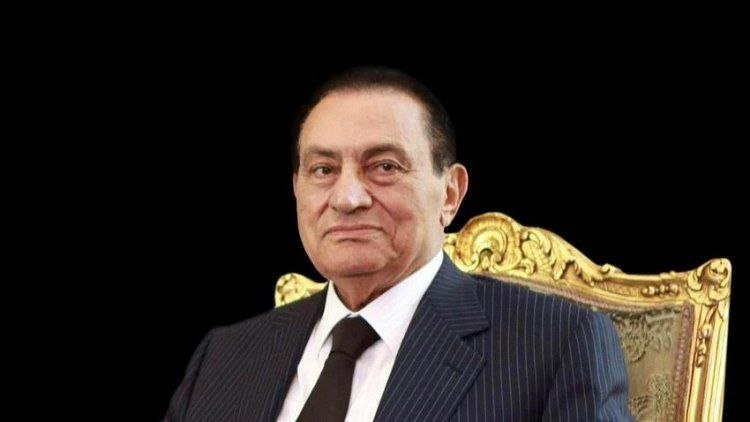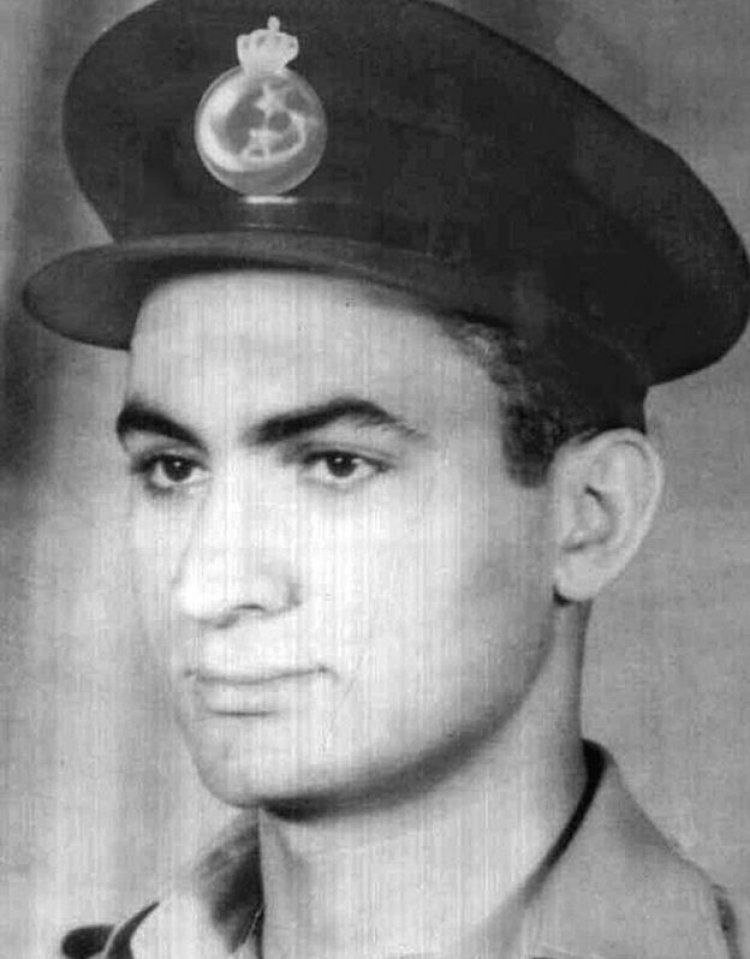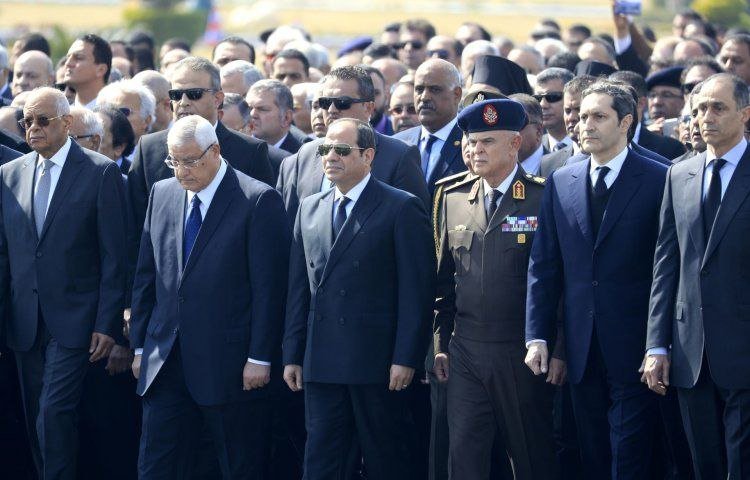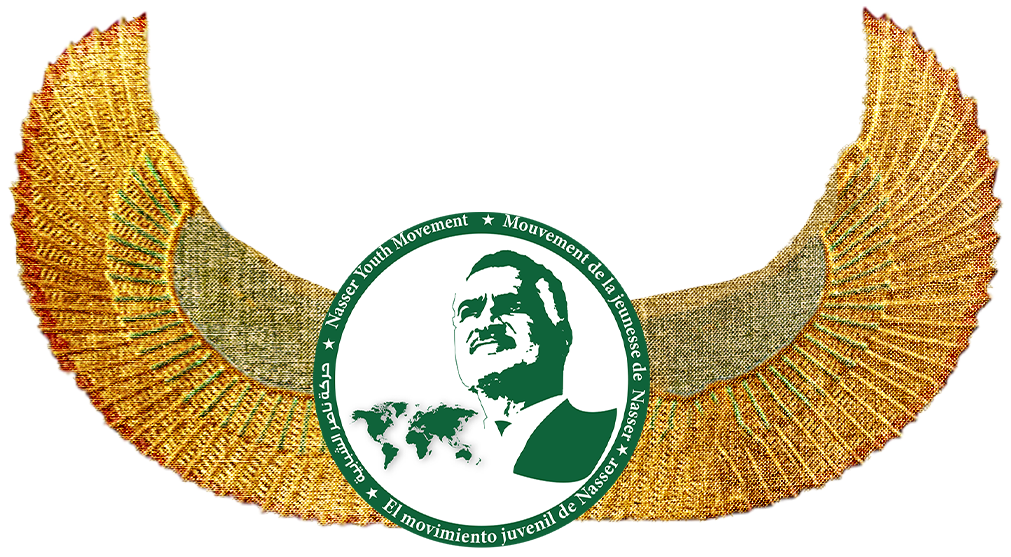Muhammad Hosni Mubarak

Reviewed by: Wafaa El-houseiny
Translated by: Maryam Ayad
Muhammad Hosni Mubarak
Muhammed Hosni Mubarak was born on May, 4th 1928. Mubarak was born and raised in a middle-class family in Menoufia Governorate. He was a student at the Egyptian Military Academy from which he graduated in 1950. Later on, Mubarak was nominated to serve as an officer in the Airlines, then he acquired a bachelor's degree in Aeronautics and served in many Egyptian airports. Due to his unique level of education and commitment, Mubarak was seconded to serve as a lecturer in the Air college, where he was in the period between a1952, through the revolution of 1952, and 1959, and several batches went out on his hand. Later in 1964, Mubarak had his postgraduate studies at Bronze Scientific Academy and rose through the ranks until he became the head of the Soviet Union Military Delegation.

In June 1976, months after the end of the war, he was nominated by President Gamal Abd-Elnasser as a Chief of Staff of Air Force Staff In November 1976, while he was a colonel, Mubarak was nominated as the Head of The Air College. Later in the same year, in November 1976, when he was a colonel, he was appointed as the head of The Air College. Moreover, Mubarak was promoted by President Gamal Abd-Elnasser to be a Brigadier General, 10 days earlier than his batch due to his excellent skills, as well as his wide knowledge and experience.

A month and 10 days later, President Gamal Abd-Elnasser surprised Mubarak with his second promotion in a row as a Combat Brigade. In April 1972, President El-Sadat entrusted Mubarak with the Air Forces command, which was a responsibility Mubarak had fulfilled perfectly, and restored the dignity of Egypt in The War of 6th October. In another April, of 1975, Mubarak was appointed as President El-Sadat's vice-president until President El-Sadat’s assassination. After the assassination, Mubarak was elected to be a President of The State for the first time by the members of the assembly, and for a second time in referendums, to be the single candidate for three consecutive presidential terms in the years: 1978, 1993 and 1999, as the one presidential term was limited by 6 years in the Egyptian Constitution, with unlimited times of re-election.
Many years later, after he became president, Mubarak made a constitutional reform that changed the Presidential elections system to be a direct secret ballot in which presidential candidacy became available to the political party leaders. However, Mubarak was re-elected by a major percentage of the voters.
Mubarak played a major role in The Peace Negotiations started by President El-Sadat and managed to restore Taba in 1989. Mubarak’s regime witnessed the completion of vital projects, such as the Subway in Cairo and Giza, the El-Salam Canal in Sinai, the Tochka project, and East Owaynat. Mubarak’s rule lasted for about 30 years until the 25th January revolution in 2011, which demanded to end Mubarak’s regime. In February of the same year, Mubarak stepped down and answered the demands.

Mubarak died on February 25, 2020, and was given a military funeral attended by President Abd-Elfattah El-Sisi and several ministers as well as state leaders.

